Diario Romagna, a column based on choral, spontaneous, shared and democratic participation, launches today. Two months after theflood that submerged Romagna, it was decided to give voice not to what was lost, but to tell what - and how - was saved. For this reason, each episode will consist of several parts: the stories and voices of those who suffered the flood and the testimonies of those who decided to help.
The goal is to create a public diary, a way to share the experience that marked the days of the flood while keeping alive the spirit of exchange and solidarity created spontaneously. It will tell how the decision was made to intervene in the midst of the mud, how to resist on a daily basis (in a reconstruction that overcomes the emergency), how to plan safety interventions for the future. The voices are those of the protagonists of the art scene, but also strangers, enthusiasts, curious, volunteers. The Romagna diary is all of this: a hybridized, non-hierarchical, open terrain.
NDR. The first part of the first installment, out today, is dedicated to the stories of institutions and those of museums affected by the flood, directly from their voices.
Faenza is a city of culture, of ceramics, of international relations. In the melting of the hills, clay arrived in our cellars and workshops. Yet it is precisely its dimension as a city of art and culture that has touched so many volunteers, and it will also be the sign of our restart.
We have indeed dealt with an extraordinary emergency, but we have certainly not forgotten what we are and what we want to be again. We are going through a difficult time, the flood has involved many different realities, and we are moving simultaneously on several fronts: private homes, the public spaces you are talking about, craft activities, agricultural activities. This flood involved many situations, it was certainly an event that had a strong impact both in material and immaterial terms. It deprived us of so many things, but it also generated great collective stories. The spirit of community was certainly the engine that enabled the restart, trying to hold emergency and reconstruction together. Immediately we felt it was necessary to give ourselves goals, to rebuild what was lost. The city is certainly going through a state of suspension, on the one hand the emergency on the other the desire to start again, and we are certain that we will start again precisely from art and what makes us unique.
On September 2 and 3 in Faenza there will be a special edition of an event very dear to us, Madeinitaly, a festival with a focus on the Italian ceramic reality. It will be important for us that this edition symbolizes our restart and, above all, our identity. After months of emergency, ceramics returns to being what it has always been for us: a bridge to the world and the sign of an identity.
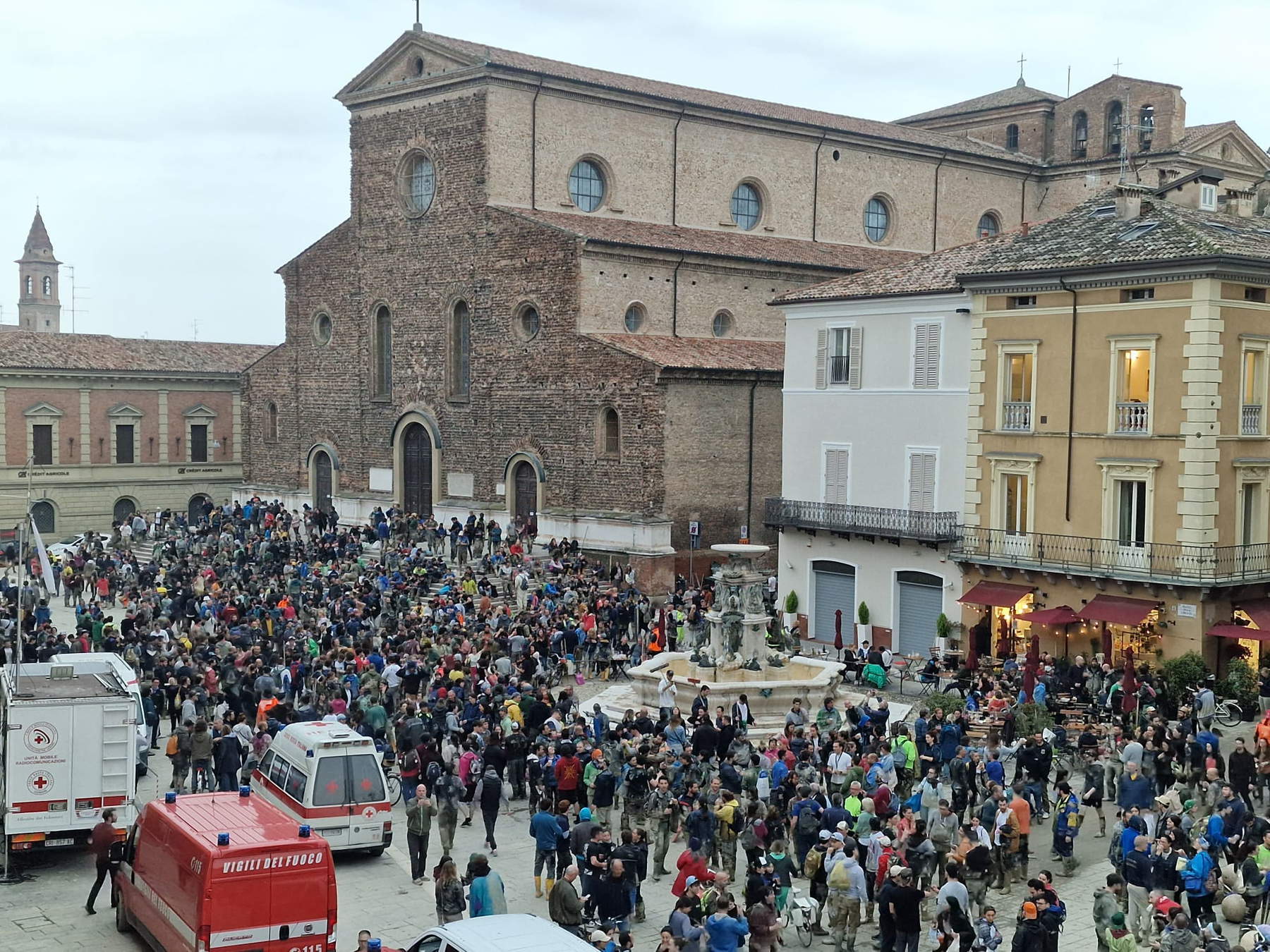
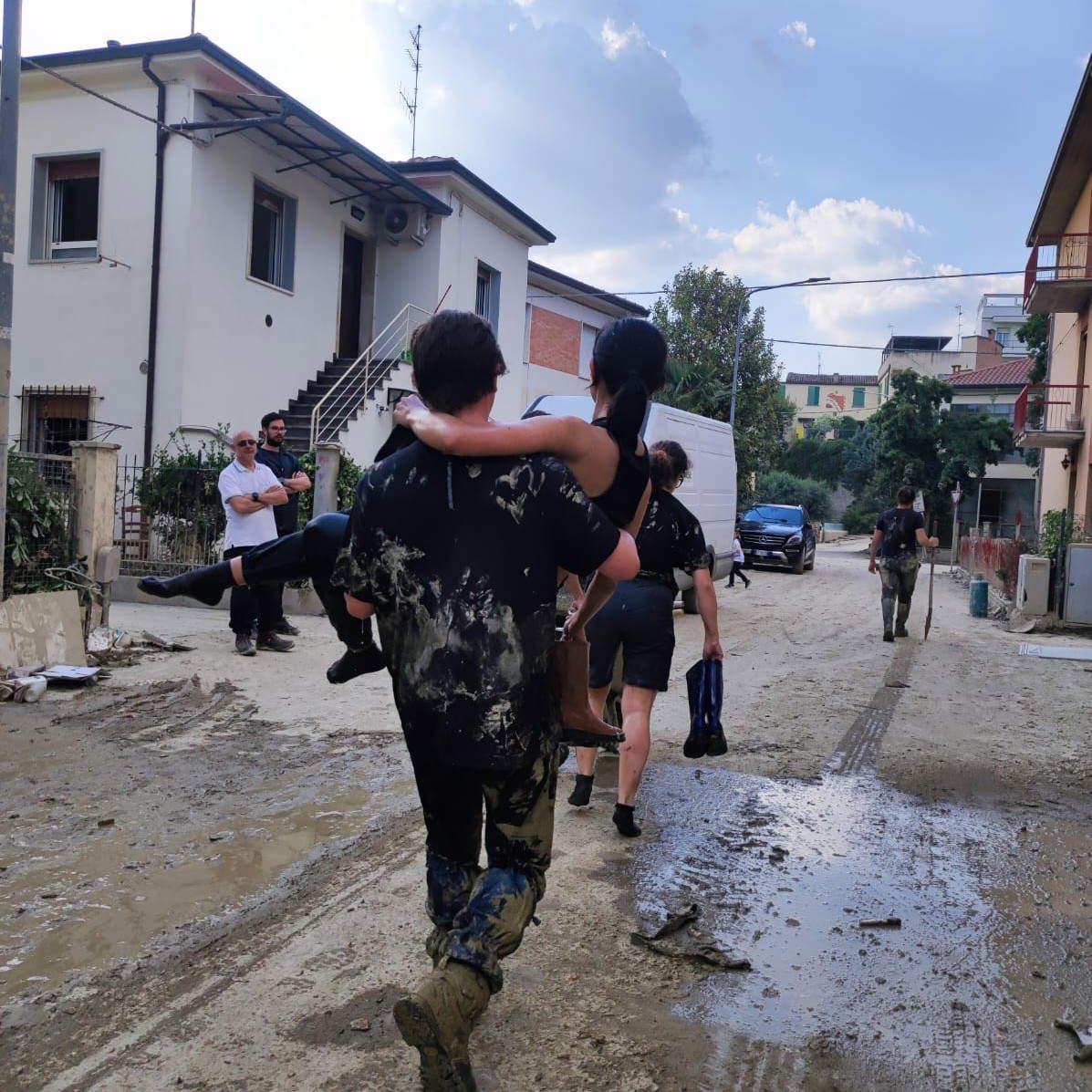
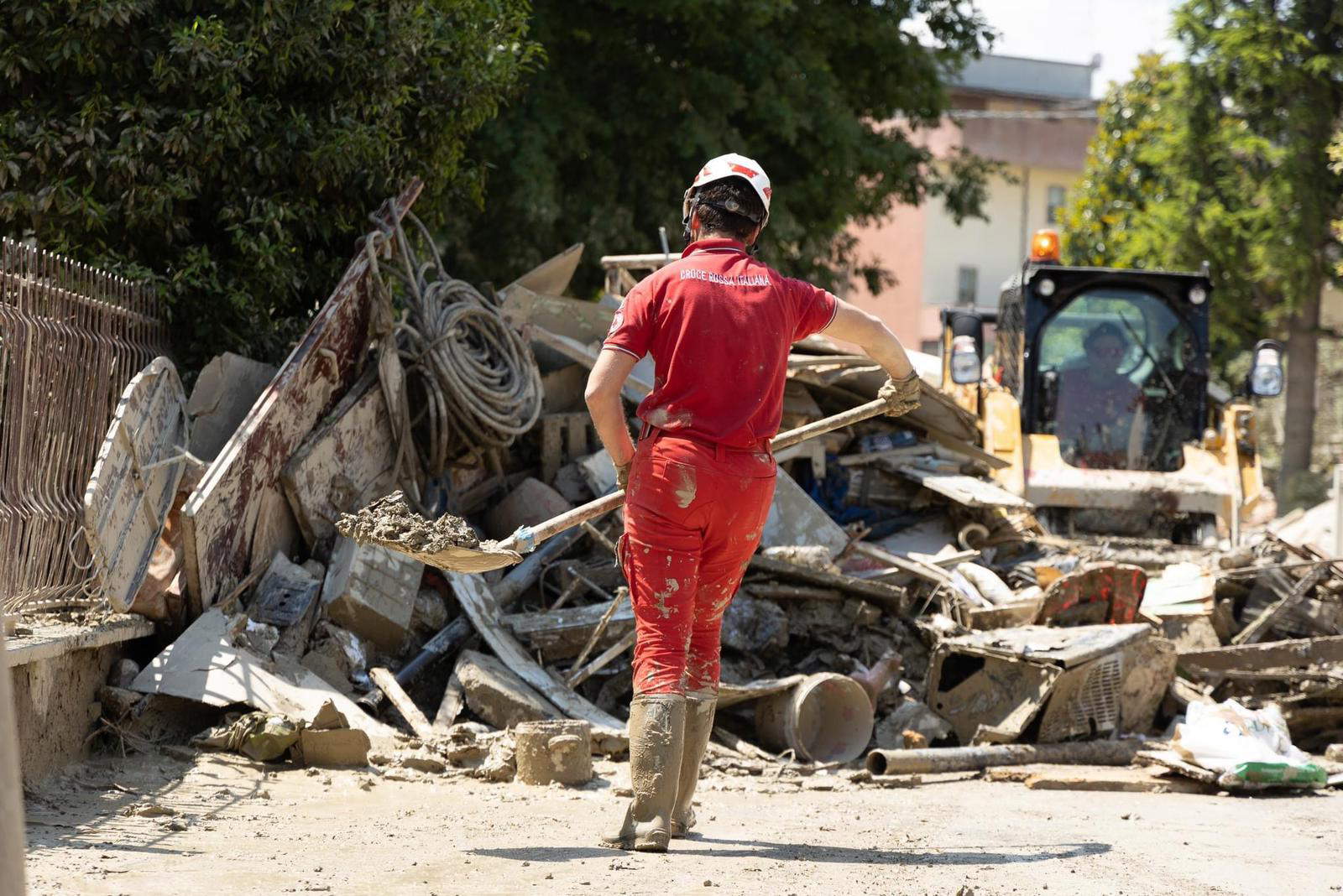
This is a story that I would like to encapsulate first impressions with respect to the trauma that the city has suffered, but also with respect to how it has decided to respond.
I would say there are definitely three first impressions. The first is people’s sense of dismay, disbelief and fear because the water came inside the walls where they felt safe. Faenza is a city with a medieval and Renaissance history-the walls are so many things to the city. They are the stronghold of the city, they are our imagination, they are up high. No one would have expected the water there. It was also a big blow to people’s sense of security, something that undermines you in your certainties. People all felt more fragile seeing the unthinkable happen.
As you walked through the streets, slipping in the mud, you saw people’s faces and were reminded of the words of Leonardo who, having arrived in Romagna at the invitation of Cesare Borgia, said there was “good land to make mugs” here. This brings me to the second consideration: the clay that made this ceramic city great ran through our streets. The bed of the Lamone River spread a veil of a material we know and love through Faenza. We never imagined we would have to look at it as an enemy. Immediately afterwards, however, a feeling arose strongly: this is the essence of this city, this is where we must start again. The idea of many creative people in the city to preserve this material that has invaded us to make it into works, for example, is a sign of this.
Evidence of this centrality of culture is the third consideration that came to me in recent days and that I would like to share: the sense of belonging of the young people who first felt the need to return to the places of culture. All the young people who went to the library or museums came, they came back, they all felt the need to be there. Cultural spaces that gave something to young people were looked after by the very same young people who chose to help culture, even before emptying their basements.
In the tragedy of the library in Faenza, we can say that we were paradoxically lucky: all texts still in print were stored there, and so we have the hope of being able to rebuild through donations, while also rethinking the space to serve the community that defended it. Another hard-hit reality is the Sarti Music School, where the shatterproof glass was destroyed by the force of the water. There are heart-stopping photos, destroyed instruments. Yet even there students, families, and volunteers immediately worked to recover.
Faenza has certainly had a heavy toll in terms of cultural venues affected, just to name a few: the Carlo Zauli Museum, the Guerrino Tramonti Museum, the Ivo Sassi museum-workshop, the Sarti School of Music, the Manfrediana Library (not to mention the city’s historic workshops). However, its artistic soul emerged with a unique force: the concentration of young people in the places of culture was a clear signal. It could only be restarted by prioritizing the interactions that take place in these places. Rebuilding that was more urgent than the private.
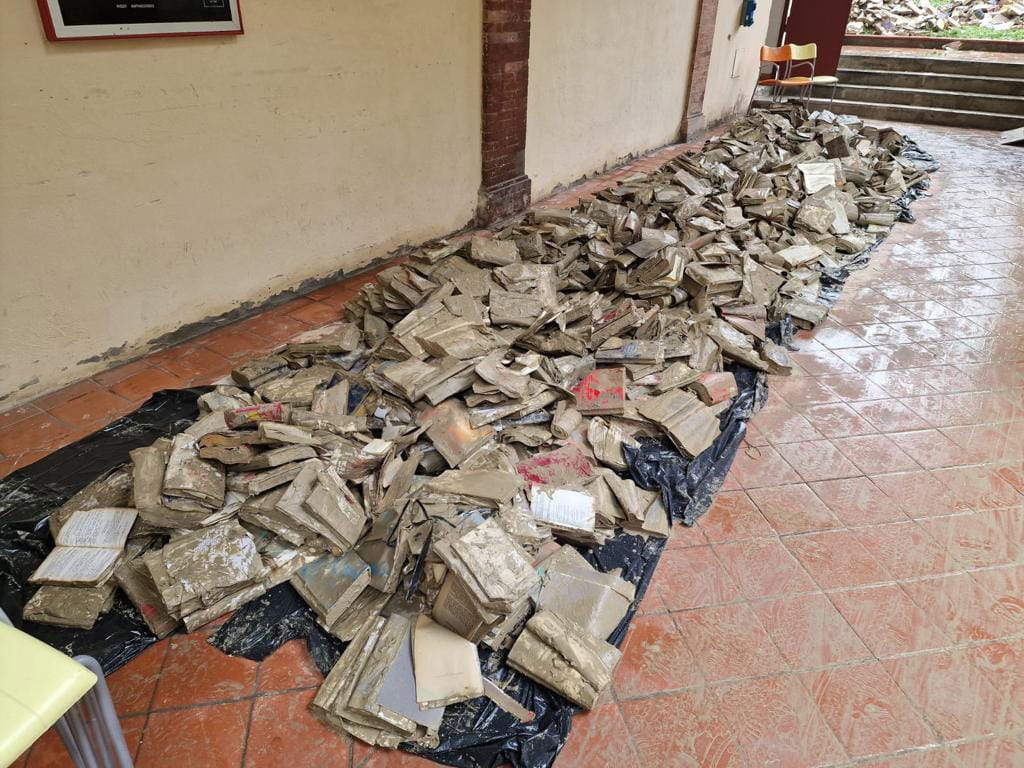
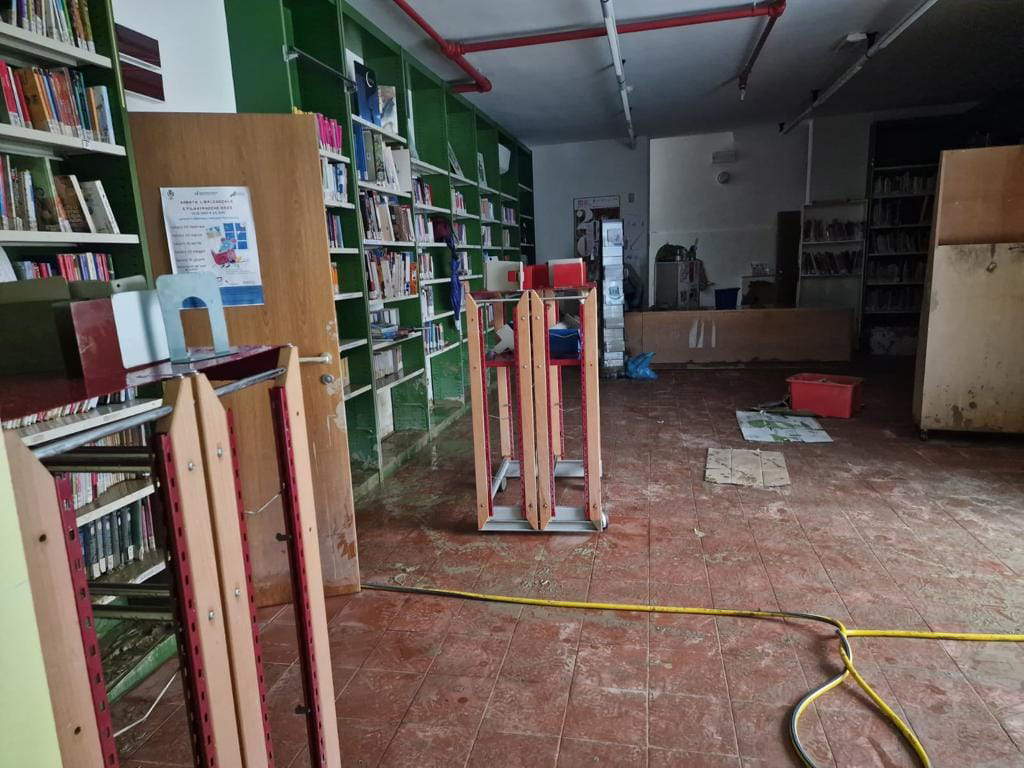
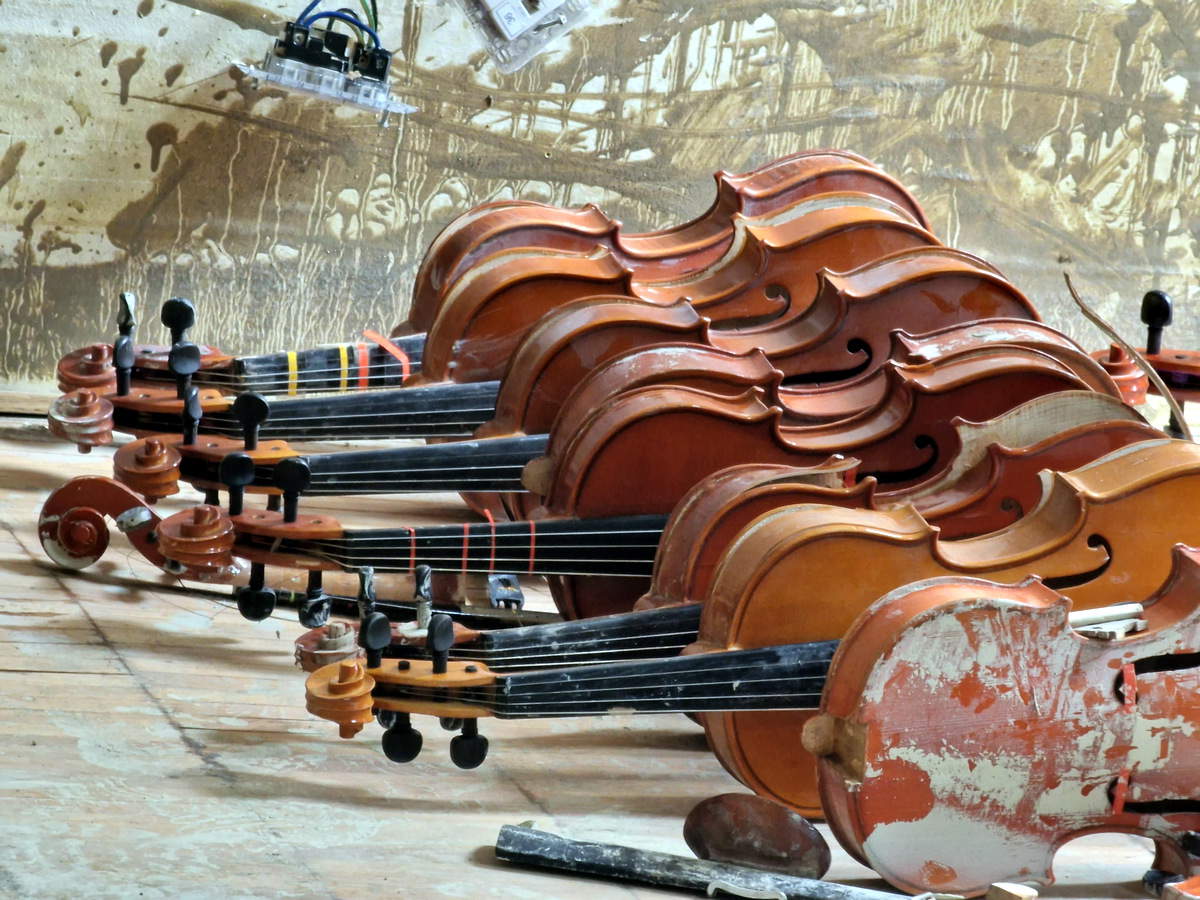 The Sarti
The Sarti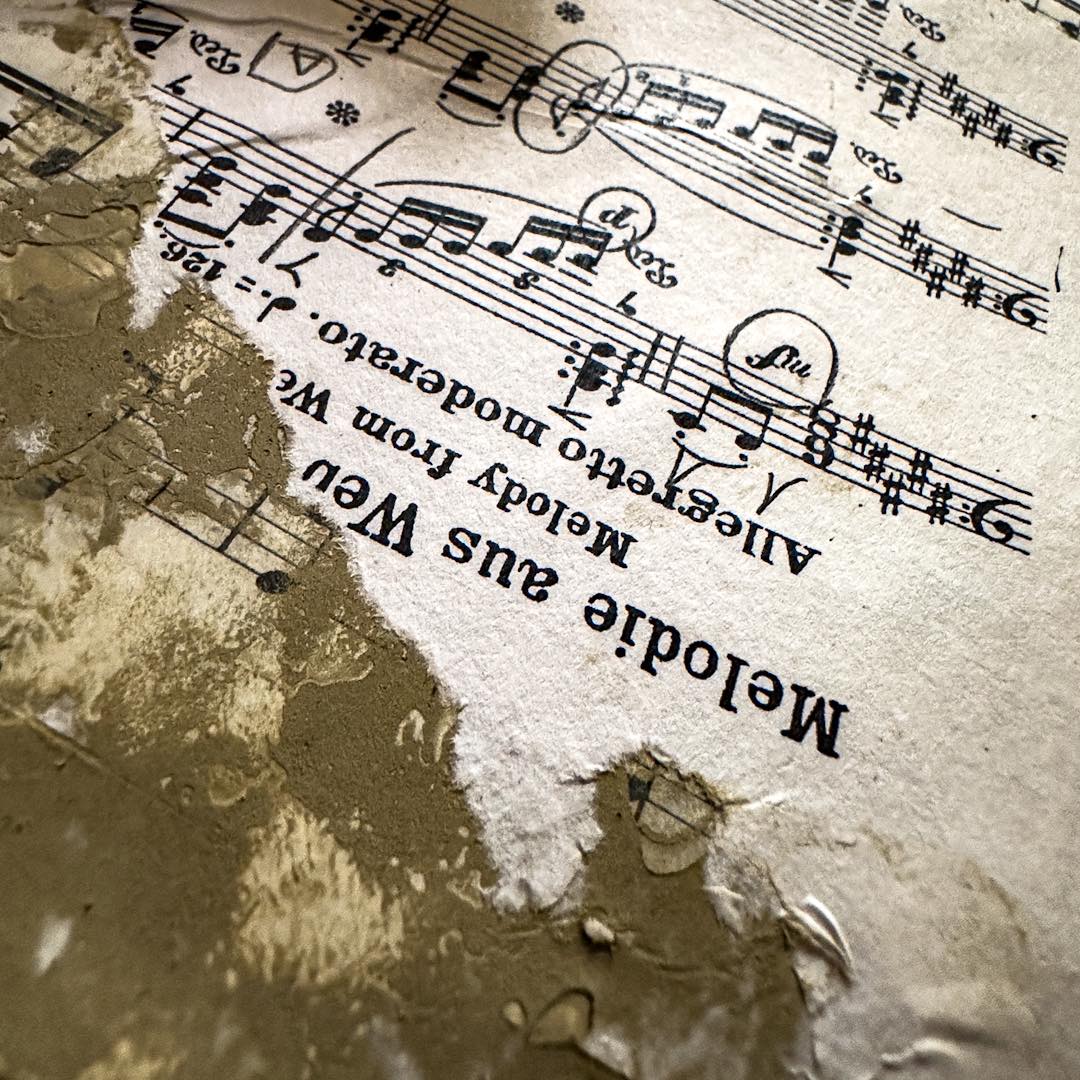
After the May 16 flood, Faenza had to deal with an emergency unknown in its magnitude and extent, for which in many ways the local community was unprepared, despite the dramatic antecedents of two weeks earlier. A sea of water and mud poured over the city, and if the International Museum of Ceramics (MIC) was saved due to its location defiladed from the affected area, a different fate befell many workshops and potters’ stores, which along with museums, libraries, and archives were hard hit.
An embrace of solidarity and help immediately enveloped the city to try to recover from the devastation and denial of the mud shreds of life, memories of work and documents of history and art. MIC also did not fail to help the productive, artistic and cultural fabric related to the world of ceramics. Casa Muky hosted some of the realities that lost everything in the flood, such as the young ceramists of Pantou Ceramics and Simona Serra’s restoration workshop. Materials and molds from Maria Sintoni’s workshop were also deposited to allow work to restore the original flooded spaces.
On the workshop front, action was taken by assisting Vecchia Faenza in the recovery of book materials. Muddy and wet books were cleaned up with water. Excess water was then blotted off with the interposition of a white sheet of blotting paper for each page and subsequent completion of drying with absorbent bags for 48/36 hours and subsequent exposure to the open air. In addition, a nucleus of ceramics from the Guerrino Tramonti Museum, whose holdings of paintings and ceramics were submerged by flooding of the exhibition and storage areas, was also housed at the MIC restoration laboratory. The ceramics received at the MIC were preliminarily cleaned from the mud, with the collaboration of the students of the fifth year of PFP4 of the single-cycle Master’s Degree in Conservation and Restoration of Cultural Heritage at the University of Bologna - Ravenna Campus and under the supervision of lecturer Ana Cecilia Hillar. The necessary restorations will be planned as part of a future agreement with the Tramonti Museum, which will also include actions aimed at the ceramic heritage that is still being recovered.
MIC staff also supported the Carlo Zauli Museum in the delicate stages of recovering the ceramics but especially the vast nucleus of plaster molds. Specifically, therefore, they moved the ceramics and terracottas from the archives, which were temporarily secured in the museum’s halls, as well as recovered part of the plaster molds from the heavily flooded underground deposits, coordinating the operations to clean them from theabundant mud with water, sponges, and brushes, avoiding the use of overly abrasive brushes on the surface embrittled by moisture and encouraging drying by exposure to the open air, when possible, or in ventilated areas of the museum. Plaster molds that were particularly deteriorated by prolonged contact with mud and water were cleaned by containing or avoiding the use of water, but removing the mud with mechanical methods and nonabrasive tools (gauze, polyester netting, boxwood splints for shaping theclay) and subsequent non-final finishing with the help of cellulose or latex sponges to limit water input as much as possible and with subsequent drying with the help of hot air (hair dryer) and soft brushes. This is a system of intervention prepared in situ, susceptible to variations depending on the level of drying of the mud. These operations were carried out involving Camilla Mazzola, professor restorer at the Brera Academy of Fine Arts and vice president of IGIIC.
Similar interventions were also conducted at Ivo Sassi’s studio-museum with the recovery and cleaning of the ceramics, models and plaster molds, also with the help of some fifth-year students of the aforementioned Ravenna degree program, and the subsequent storage of the materials in the storage space, encouraging ventilation with a fan and envelopes absorbing excess moisture.
Finally, MIC staff assisted in the recovery operations of library materials from the “Manfrediana” Municipal Library’s storerooms. The still ongoing emergency, albeit with its aftermath of unavoidable losses and serious damage, should provide an important opportunity to evaluate strategies for managing artistic and cultural heritage in emergency situations, rethinking theorganization of artifacts in storage and exhibition and their security, including by identifying priority criteria that take into account the value and importance of the works, as well as their physical, conservation and accessibility characteristics. It will represent a challenge for the future to formulate preventive emergency management strategies to better cope with crisis situations that may (unfortunately) arise. It is still too early to take stock, but it is to be hoped that even from the critical current situations methodological and operational guidelines and directions for the management of future emergencies can focus.
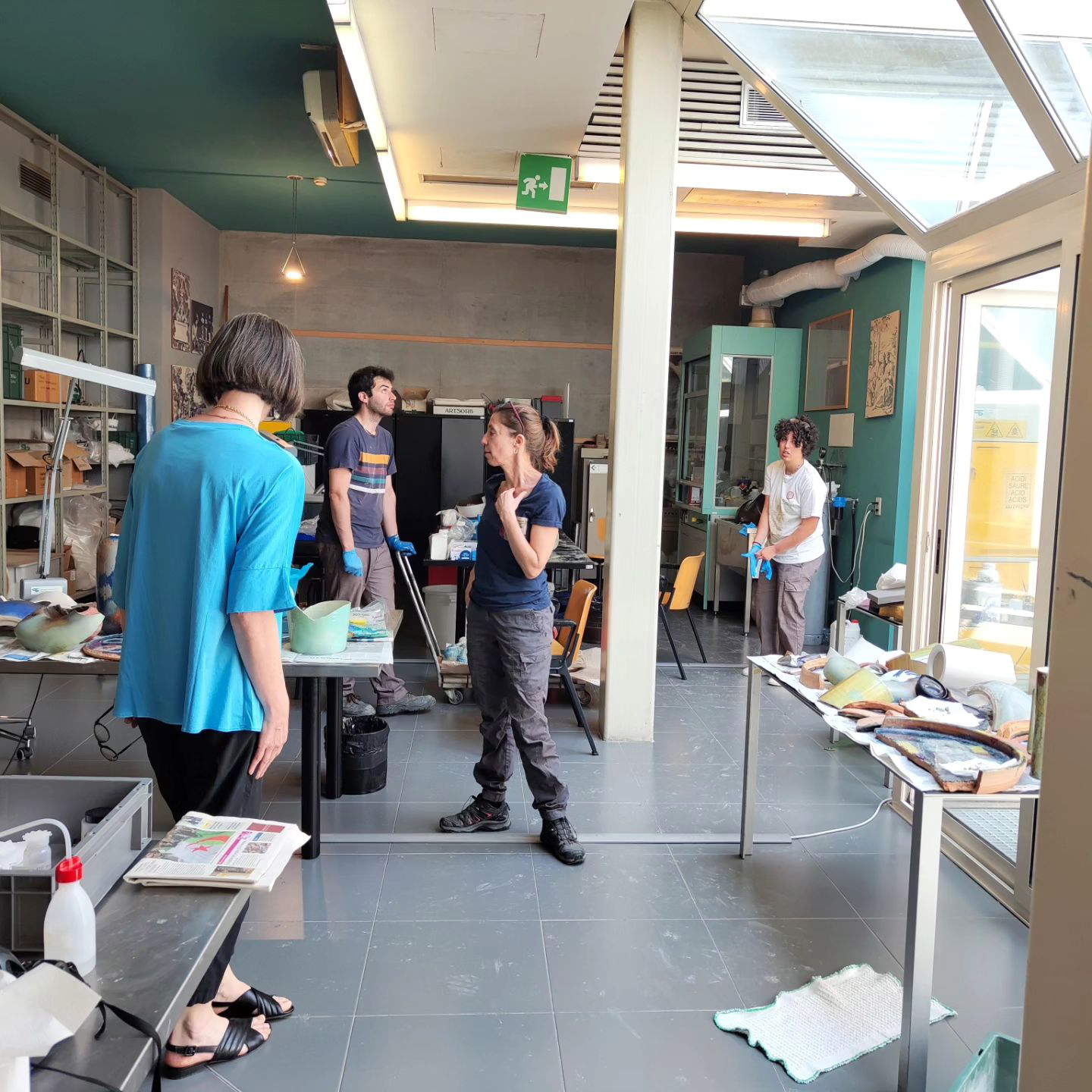
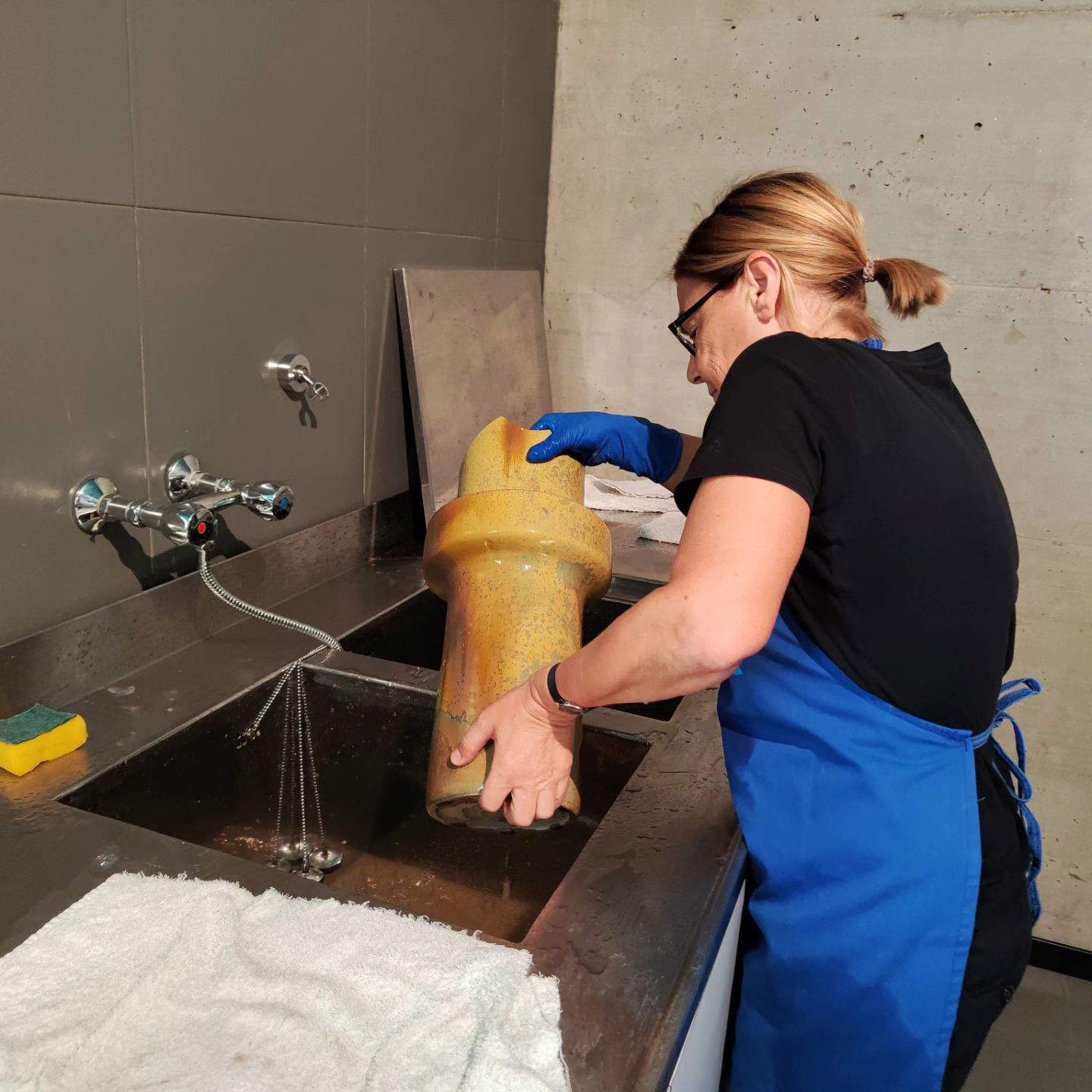
The Guerrino Tramonti Museum is located in the house where I was born, which my father had built in the early 1960s, with his workshop, space for his materials, the store where my mother sold his ceramics, and housing for his family in mind. I have worked so hard since his passing to be the worthy custodian of his legacy, convinced of how much more we had to discover about him through his works.
That night, I saw the river enter the house, with all the devastating force of which nature is capable, the same river I had seen for so long flowing quietly under the city bridges. The wait to be able to descend the waterlogged stairs again and re-enter where the Museum and Depot are today was a very long time, a time when I feared the worst and lived preparing for the worst.
It was a blow to the heart to see works on the ground, scarred and humiliated by water and mud. In all, we keep about 2,200 works, including ceramics, sculptures and paintings; then the archives, the molds, the easels my father used to paint, which I saw floating and could not accept rotting in the mud.
I am used to acting alone, but I quickly realized that the urgency of moving the works to a dry place and removing the mud covering them was something that could not wait and I could not do alone. So I asked for help. The response I received was heartwarming. They came to my rescue from the Region’s Department of Culture to ordinary people who left from distant cities to come to help Faenza. I spent the worst days, the first ones, with rubber boots in the slush up to half a leg, bumping into obstacles at every step and stepping on shattered pieces together with them: students of cultural heritage conservation, their friends from other faculties, children and grandchildren from other “Illustrious Houses,” fellow “Re-Org” students, Conservators and Directors of other Museums, art historians, archaeologists, teachers and many people. Together we created a human chain capable of bringing to safety and cleaning up more than 2,000 works.
Today I can say that although so much work still needs to be done, with the help of MIC and the University we will do everything we can to return a usable Museum. I will still be the custodian of my father’s artistic heritage, but more attentive both to its preservation, respecting the changing needs, which change like the land he worked and transformed, and to returning it to the community from which I am receiving so much.
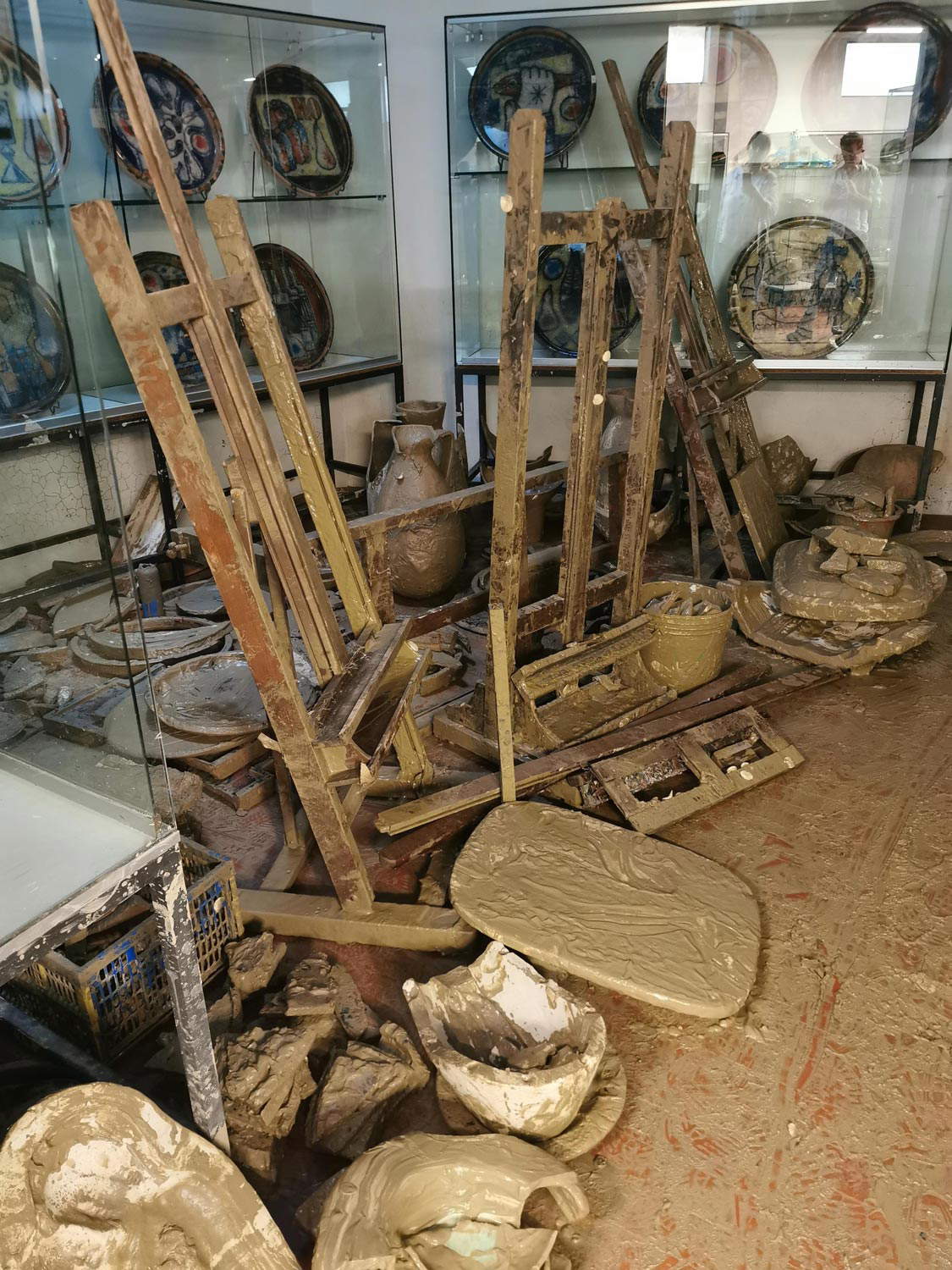
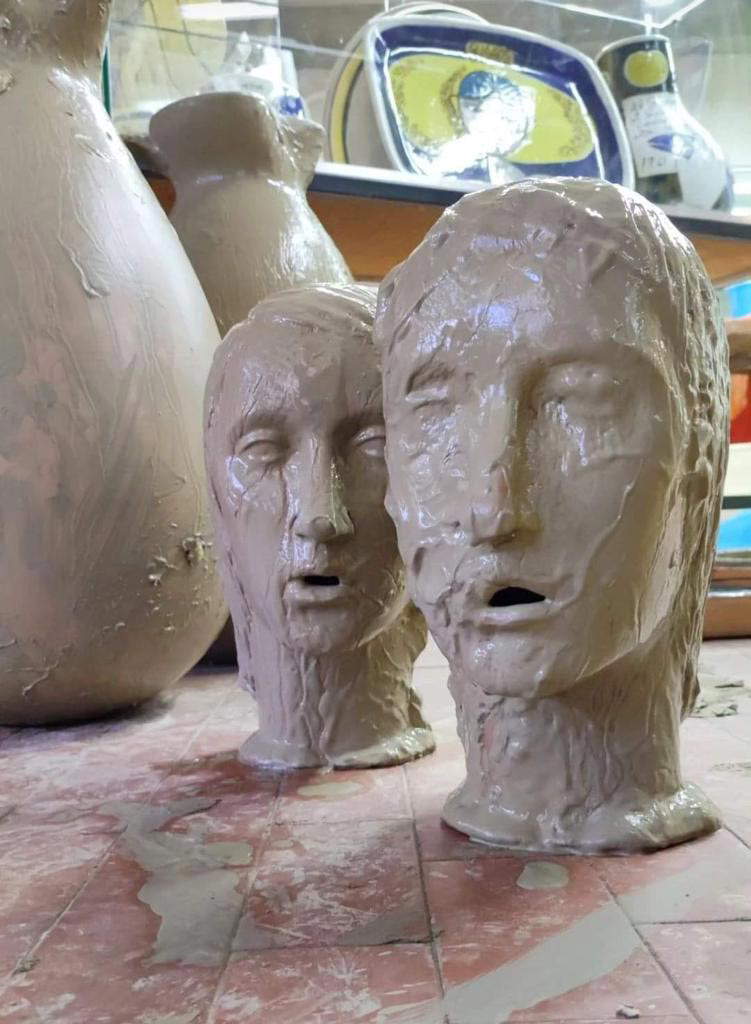
Three weeks after the flood, the Carlo Zauli Museum has turned into a construction site. A construction site in which we are still now discovering damage of all kinds, structural damage, damage to the facilities, to the works, unfortunately some of which are irretrievable, such as “beyond the horizon,” the one donated by Sueharu Fukami or a large black sod by Zauli. Damage to our endless paper archive, of plaster casts.
From the huge mass of mud and clay in the cellars we managed to recover more than a thousand molds, casts and plaster models. This was the most urgent work because the plaster was melting and crumbling. The beauty of this recovery is that through them we have a scanning of all of Carlo Zauli’s work from the early 1950s to the early 1990s. It’s a recovery for the future but also a wonderful scroll through the past and memory.
We are also finding some new things that we didn’t even know existed. For example, behind a huge pile of clay we have found molds of works from the 1950s, from Zauli’s early days, and still extraordinary and amazing precedents that I hope we will be able to be able to make available to the public. And then above all there is the affection that surrounds us and gives us incredible energy. It is the affection of all the volunteers who come here to help us on a daily basis, and the affection of all those who are supporting us and who are crucial right now, through our crowdfunding.
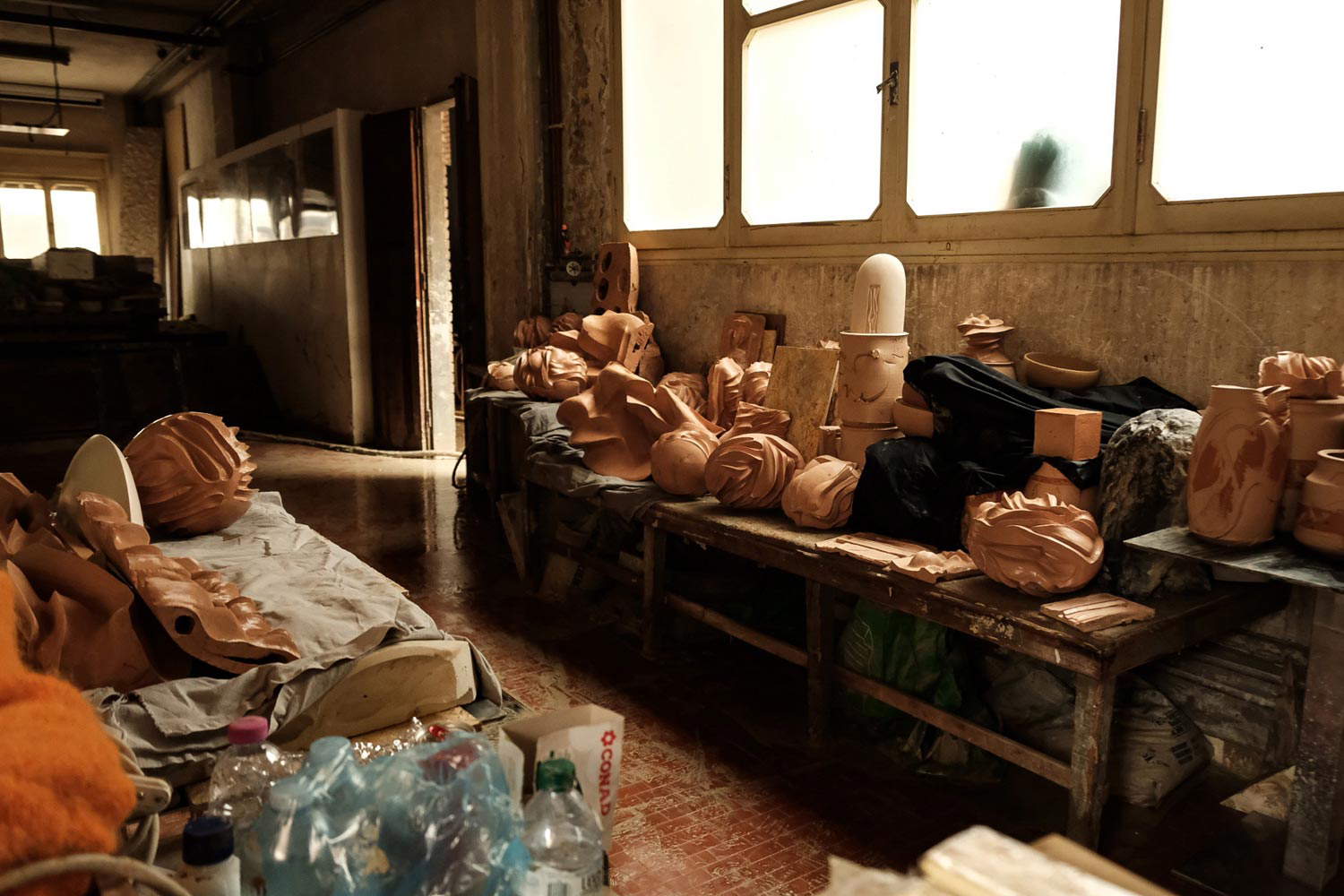
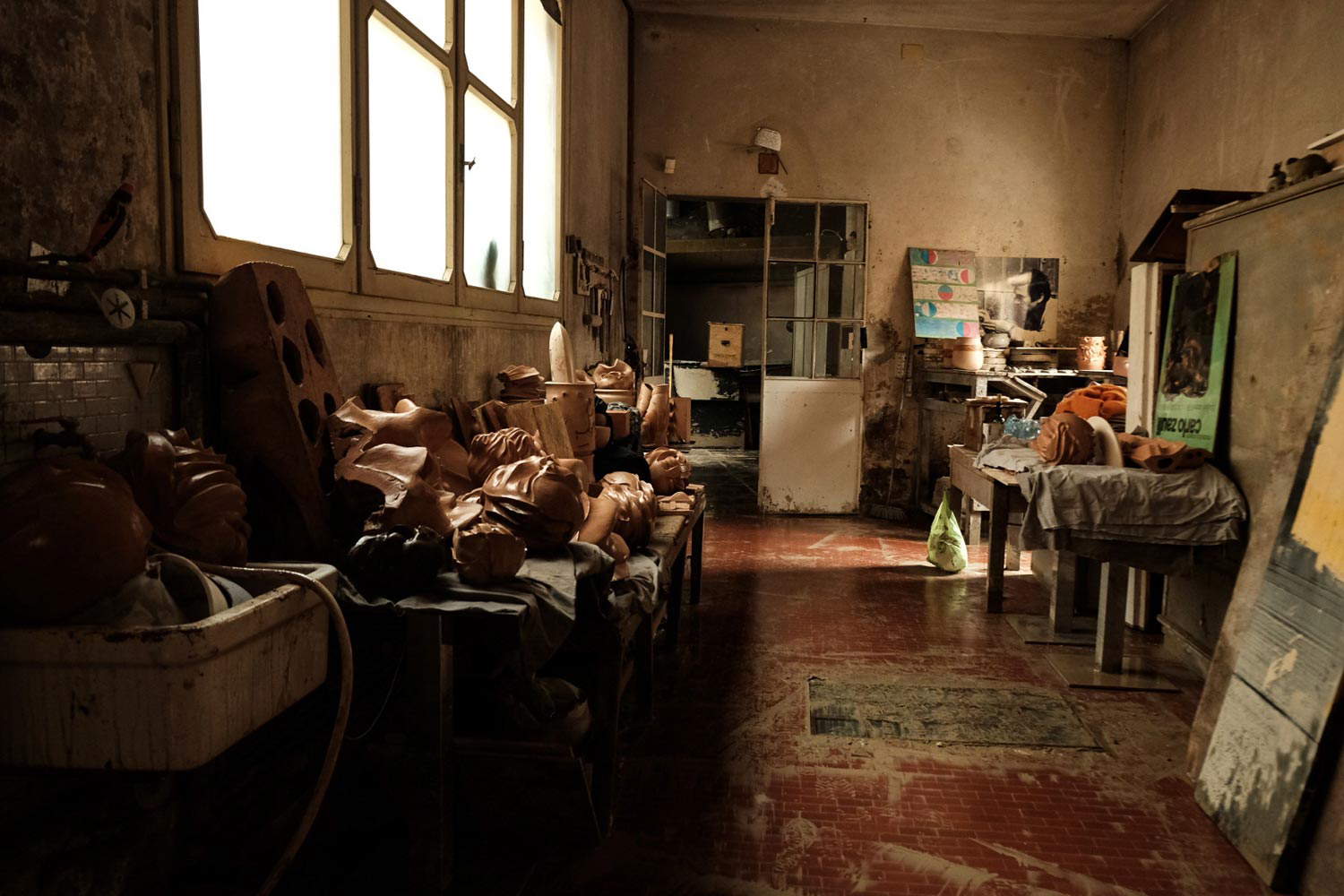
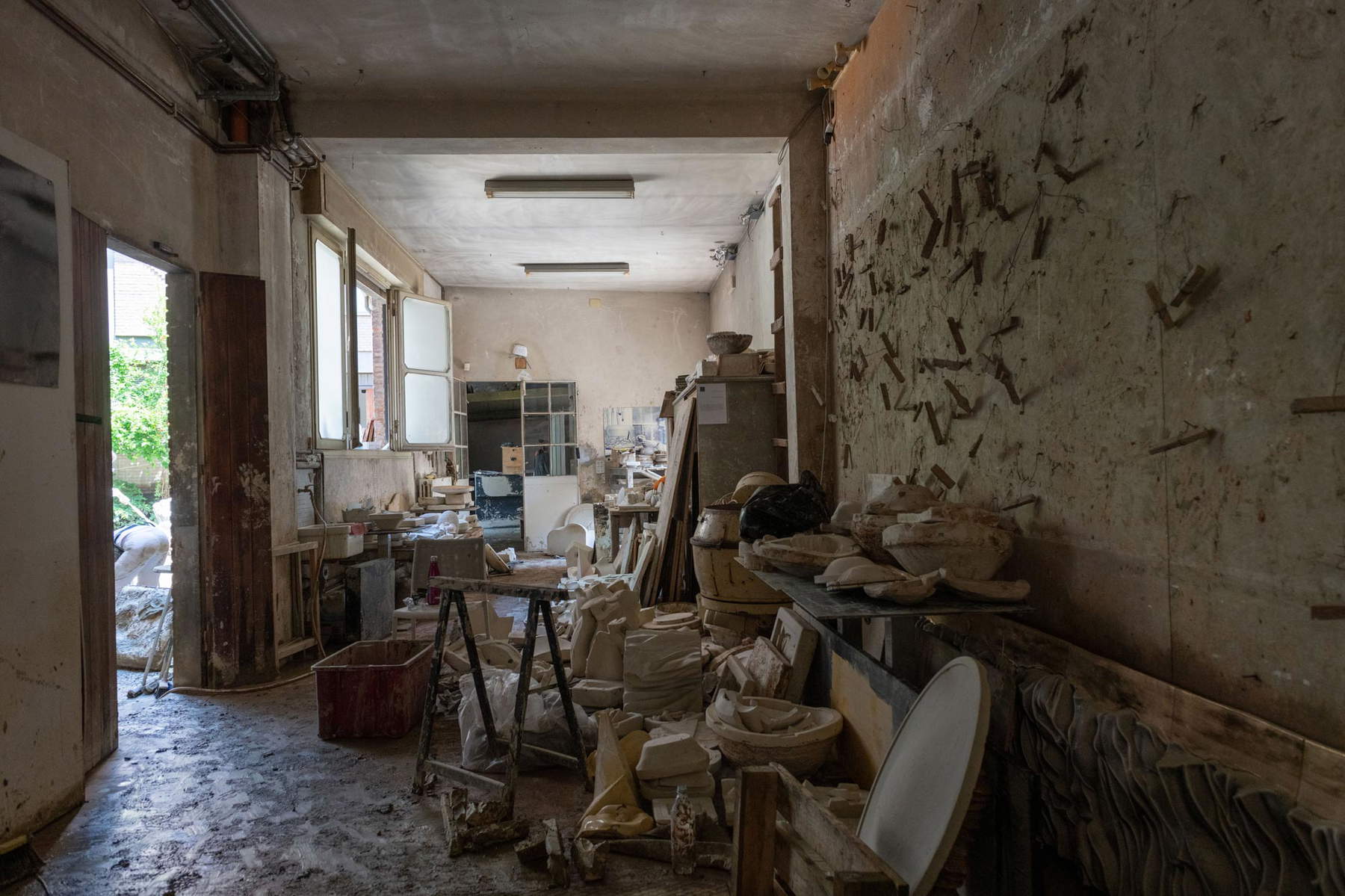
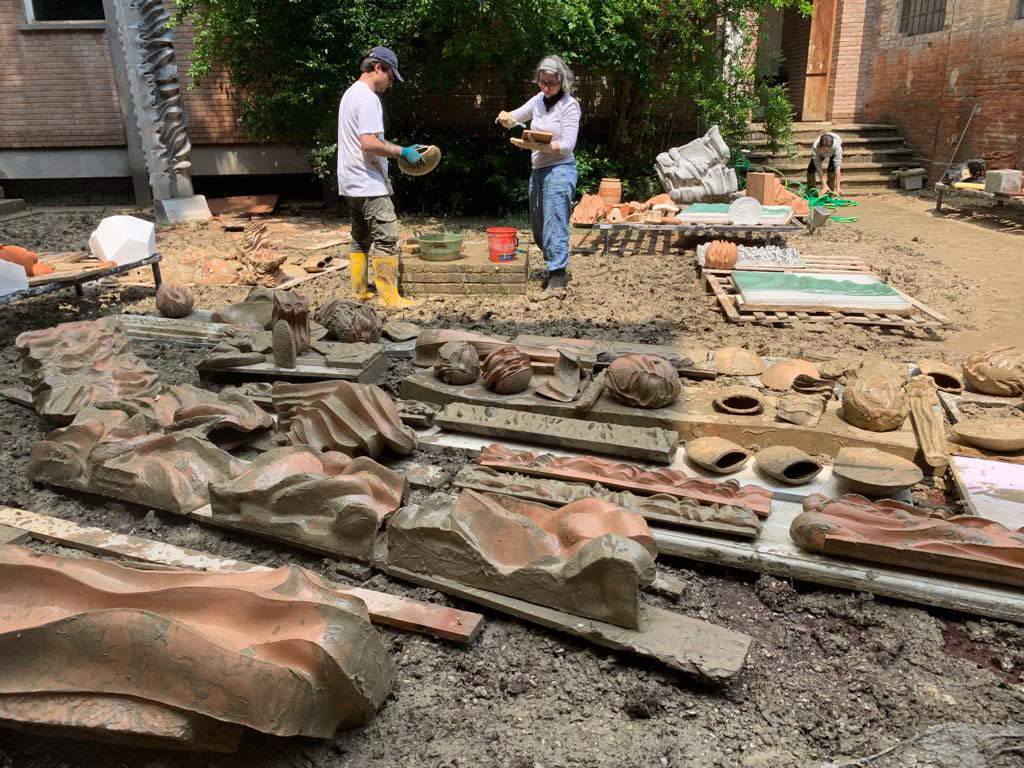
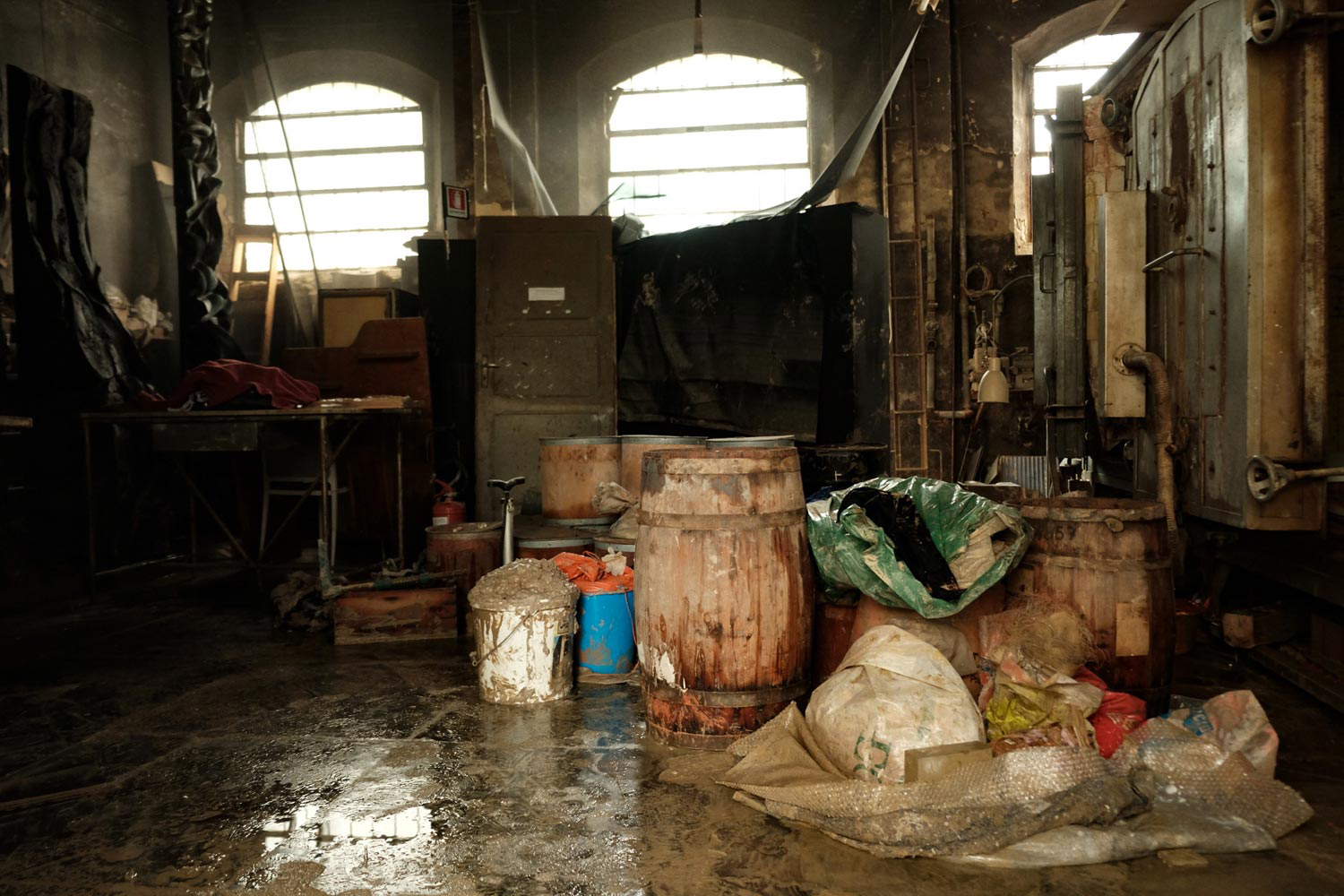
Warning: the translation into English of the original Italian article was created using automatic tools. We undertake to review all articles, but we do not guarantee the total absence of inaccuracies in the translation due to the program. You can find the original by clicking on the ITA button. If you find any mistake,please contact us.